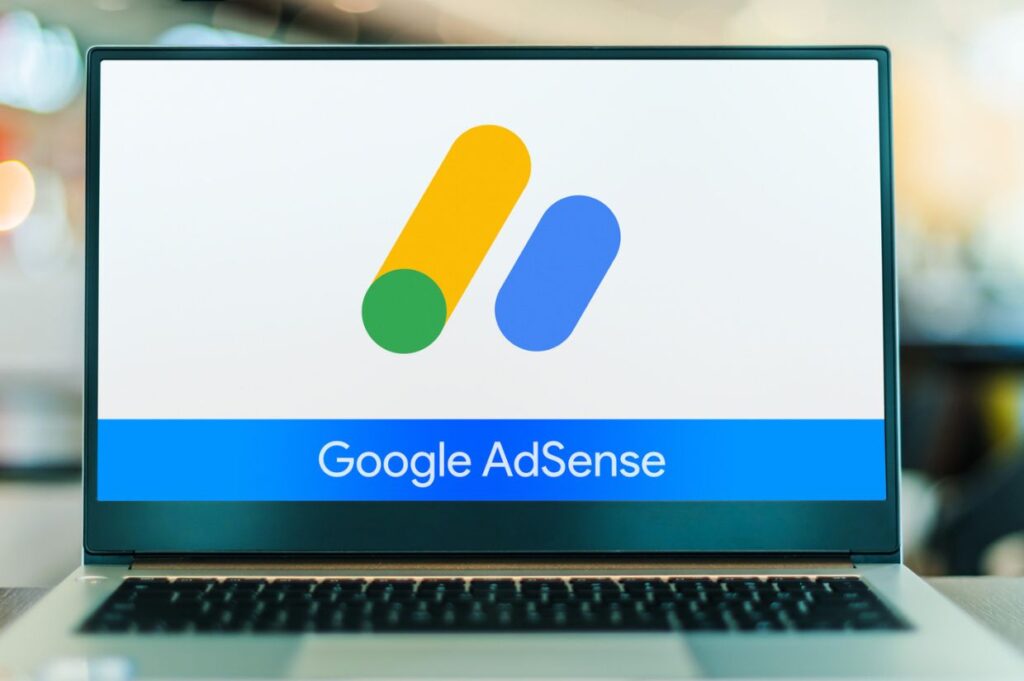In the world of digital advertising, display ads are a staple. They pop up on websites, apps and social media feeds, catching our eyes with visuals, banners and sometimes even videos. But if you’re new to the game, understanding the various players behind these ads can be a bit overwhelming.

Let’s break down some of the key ad networks and companies that make display ads tick: Raptive, Mediavine, Monumetric, Google AdSense and a few others. By the end, you’ll have a clearer picture of who’s who in the display ad world and how they can fit into your advertising strategy.
Raptive: Rebranded with big ambitions
Formerly known as CafeMedia and AdThrive, Raptive has rebranded and aims to provide a more dynamic platform for publishers and advertisers alike. They focus on delivering high-quality, targeted ads that cater to specific audience interests. Raptive combines advanced technology and human expertise to optimize ad placements, ensuring that ads are relevant and engaging for users.
What sets Raptive apart is its focus on building strong relationships with its publishing partners. They offer personalized support and strategies to maximize revenue while maintaining a positive user experience. If you’re a publisher looking for a hands-on approach focusing on high-quality ads, Raptive could be worth exploring.
I’m currently with Raptive after moving from Mediavine and I have no regrets. I love that Raptive responds more quickly than Mediavine ever did, and at the time of my switching, their dashboard was much more comprehensive.
The downside is that you need 100,000 pageviews to qualify. The upside is that they’ll take additional blogs at 30,000 pageviews, which makes Raptive a popular choice for bloggers with multiple properties.
Mediavine: Publisher friendly and performance driven
Mediavine is a big player in the display ad space, particularly known for its strong support for content creators and bloggers. They pride themselves on being publisher centric, which means their primary goal is to help publishers maximize their ad revenue without compromising the user experience.
Mediavine offers a range of tools and services to ensure that ads are integrated well into the content. Their platform includes advanced analytics that provides insights into ad performance, allowing publishers to make informed decisions about their ad strategies. Mediavine’s approach is all about balancing revenue and user experience, and they’re known for their transparent practices and responsive support.
To qualify for Mediavine, you need to have 50,000 sessions. Mediavine is often the first “big” display ad company that bloggers strive for. Their RPMs are typically higher than the following display ad companies.
Monumetric: Custom solutions for publishers
Monumetric stands out for its focus on offering customized ad solutions. Unlike some networks that use a one-size-fits-all approach, Monumetric works closely with publishers to develop custom strategies that fit their specific needs. This means you get more personalized service and ad solutions that are designed to work with your unique content and audience.
Their platform includes a variety of ad formats, including display ads, video ads and native ads, which can be customized to align with your site’s design and user experience. Monumetric also provides detailed reporting and analytics, so you can track the performance of your ads and make adjustments as needed.
The upside to Monumetric is that you don’t need much traffic to qualify. The downside is their ads are often big and clunky, and at least in my experience, they were slow to respond. However, if you’re in a rush to start earning, this may be a good choice for you.
Google AdSense: The giant in the room
You can’t talk about display ads without mentioning Google AdSense. As one of the most widely recognized ad networks, AdSense has a vast reach and a strong platform that caters to publishers of all sizes. Whether you’re running a personal blog or managing a large website, AdSense offers a range of ad formats and targeting options to suit your needs.

One of AdSense’s biggest advantages is its integration with Google’s vast ad inventory and targeting technology. This means you can benefit from highly targeted ads that are relevant to your audience, potentially leading to higher click-through rates and better revenue. Additionally, AdSense provides detailed reporting and analytics to help you optimize your ad strategy.
The downside is that there’s virtually zero human interaction, so if you load AdSense it’s all automated and you get to deal with Google’s challenging setup. RPMs are also typically quite low.
Other notable players
While Raptive, Mediavine, Monumetric and Google AdSense are some of the major players, there are other ad networks worth noting. Networks like PropellerAds and Infolinks offer additional options for publishers looking to diversify their ad revenue streams. PropellerAds is known for its innovative ad formats and global reach, while Infolinks specializes in contextual ads that blend seamlessly with content.
Another network to consider is Sovrn, which focuses on providing tools and services for both large publishers and smaller content creators. Sovrn’s platform includes various ad formats, including display, video and native ads, along with advanced analytics and optimization tools.
SHE Media is another popular early-entry display ad company favored by many bloggers.
Choosing the right ad network for you
With so many options available, choosing the right ad network can be a challenging task. Here are a few tips to help you make an informed decision.
Consider your audience
Different ad networks offer different targeting capabilities. Ensure the network you choose aligns with your audience’s interests and demographics.
Evaluate revenue potential
Look at how each network monetizes ads and compares potential earnings. Networks like Mediavine and Raptive are known for high revenue potential, especially for content-heavy sites.
Check integration and support
Some networks offer more personalized support and custom solutions. If you value a hands-on approach, networks like Monumetric might be a better fit.
Analyze reporting and analytics
Detailed reporting can help you optimize your ad strategy. Ensure the network provides the tools and insights you need to track performance and make data-driven decisions.

Test and iterate
Don’t be afraid to experiment with different networks and ad formats. Testing can help you find the best fit for your site and audience.
Final words
Choosing the right ad network for your website can significantly impact your revenue and user experience. Each company has its own strengths and is suited to different types of sites and publishers. Whether you’re looking for premium ad management, ease of use, flexibility or a well-known option, there’s a solution out there that fits your needs. So, take some time to consider what’s most important for your site — traffic levels, ease of integration, customization options — and choose the ad network that aligns with your goals.
Jennifer Allen, co-founder of Brilliant Bloggers and Food Drink Life, is a retired professional chef and long-time writer. Her work has been featured in numerous top publications worldwide, including The Seattle Times, Morning AG Clips, Chronicle-Tribune, Los Angeles Daily News and Daily Press, among others. She manages nine personal websites and has authored two cookbooks, “Keto Soup Cookbook” and “Keto Diabetic Cookbook and Meal Plan.” These days, she’s busy in the kitchen, developing recipes for various publications and traveling. You can find all her best recipes at Cook What You Love.
